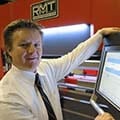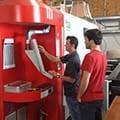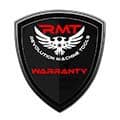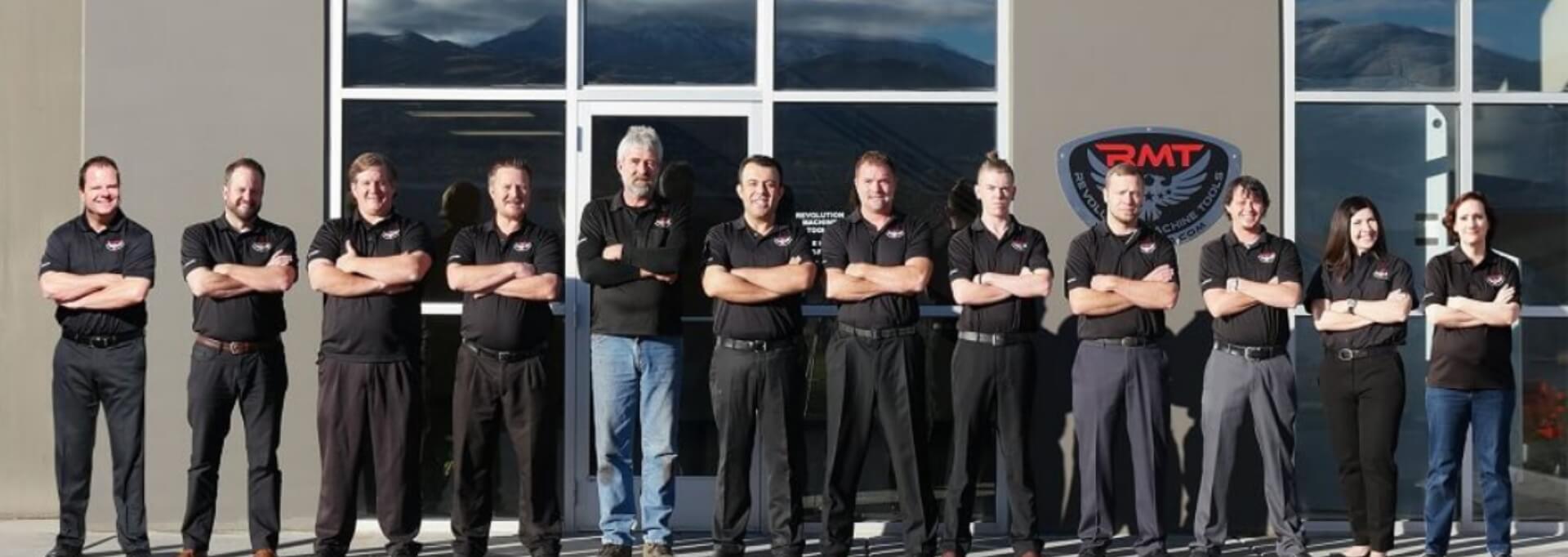Getting the Most Out of Your Fab Shop
It’s not enough to make sure everyone working on your fab shop floor knows how to fabricate metal. To have a successful metal fabrication business, you will need to manage your shop with a blend of strategies such as efficient operations, quality control, and workforce management. Managing a metal fabrication shop requires skill and research.
Some of the best practices for managing a profitable and stable fab shop include:
Put Safety First. Before all strategic planning and operational streamlining takes place, a critical philosophy that a fab shop must embrace is putting safety first and foremost. If harm is done to people, equipment, or other resources through carelessness or neglect, all the other good management practices in the world won’t begin to compensate for the losses incurred.
Workplace safety programs should be established that ensure the company complies with OSHA (Occupational Safety and Health Administration) and other relevant safety regulations. This includes proper labeling of hazardous materials, regular safety audits, maintaining equipment, and providing—and requiring the use of—necessary personal protective equipment (PPE).
The shop should implement a system for promptly reporting and addressing safety incidents and near-misses. Regular safety training sessions should be conducted to educate employees on best practices and emergency procedures. If there is a way to design workstations to reduce physical strain on workers, that should be done to minimize the risk of injury and improve productivity. Cranes, forklifts, and other mechanical aids and tools should be used to help handle heavy materials and reduce the physical burden on shop workers.
Manage Operations Efficiently. The successful metal fabrication shop will optimize workflow, doing things like implementing lean manufacturing techniques to minimize waste and maximize productivity. Using techniques such as 5S methodology (Sort, Set in order, Shine, Standardize, Sustain) can help maintain an organized and efficient workspace. Management should create detailed process maps to identify bottlenecks and streamline workflows, including everything from raw material handling to final product delivery.
The shop may wish to employ a “Just-in-Time” inventory system to maintain an optimal level of metal by carefully tracking material usage and ordering new supplies just before they are needed. This reduces holding costs of excess inventory, minimizes waste, and improves cash flow. Advanced software tools can be utilized for production scheduling and planning to ensure that deadlines can be met while resources are optimally allocated. Management should also regularly assess the shop’s capacity to handle current and future workloads. This involves evaluating machinery, workforce capabilities, and potential overtime requirements.
Implement Quality Assurance. From large factories to small shops, some sort of quality control system is essential to avoid wasted resources, missed deadlines, and disillusioned clients. Developing—and enforcing—Standard Operating Procedures (SOPs) for every aspect of the fabrication process will ensure consistency and higher quality. Instigate regular inspection and testing protocols at different stages of the production process. This includes both in-process inspections and final quality checks. Maintain detailed records of all inspections, tests, and quality control measures. It might also be wise to obtain relevant certifications like ISO 9001 to demonstrate commitment to quality standards.
Stressing continuous improvement can keep the team focused on quality. Feedback loops—systems for capturing feedback from both employees and customers—can be established. You can use this feedback to make continuous improvements in processes and products. You should also regularly train employees on the latest quality control techniques and industry standards.
Hire Skilled and Motivated Employees. Conduct practical tests during the hiring process to ensure experience and competence in the art of metal fabrication. Provide ongoing training to keep the workforce updated on new techniques, tools, and safety protocols. Encourage cross-training to increase workforce flexibility and ensure that employees can perform multiple roles within the shop. Implement strategies to retain skilled workers, such as competitive pay, benefits, and career advancement opportunities. Foster a positive work environment where employees feel valued and engaged. Recognize and reward high performance and encourage open communication.
Integrate the Latest Technology. Incorporating technology can significantly enhance the efficiency and accuracy of operations. Invest in CNC (Computer Numerical Control) machines for greater precision and reduced production time. Use Computer-Aided Design (CAD) and Computer-Aided Manufacturing (CAM) software to improve the speed of the design and manufacturing process. Invest in automation technologies, such as robotics, to handle repetitive and hazardous tasks. Implement an Enterprise Resource Planning (ERP) system to integrate all aspects of the business, from inventory management to accounting, into a single, cohesive system.
Maintain Strong Customer Relations. Communication is key to healthy relationships with shop clients. Provide customers with regular updates on their orders. This includes status updates, potential delays, and delivery schedules. Establish a responsive customer support system to address inquiries and concerns promptly. Ensure that products are delivered on time and meet or exceed customer expectations in terms of quality. Offer customization options to meet specific customer needs. This can be a significant competitive advantage.
Hold to Sound Financial Management Practices. Maintain a strict budget and regularly review expenses to identify areas where costs can be reduced without compromising quality. Perform cost-benefit analyses before making significant investments in new technology or equipment. Monitor cash flow closely to ensure that the shop has enough liquidity to meet its obligations. Seek funding opportunities for expansion or modernization and invest in projects that offer a good return on investment.
Adopt Sustainable Practices. Even if you don’t like the idea of being seen as a tree-hugger, embracing sustainability in the modern age is smart business. Being eco-friendly can save on energy usage—reducing costs—and the reputation of your business in the community and among potential customers will be enhanced. Investing in energy-efficient machinery (like electric or hybrid press brakes) will lower operational costs and eliminate much of the noise of the shop. Implement practices to reduce waste, such as recycling scrap metal and minimizing material usage. If you can, source your materials from suppliers who also embrace sustainable habits.
By adhering to best practices like those listed above, a metal fabrication shop can enhance its efficiency, quality, and stability, while fostering strong relationships with employees and customers alike. These strategies can collectively contribute to the long-term success and sustainability of your metal fabrication shop.
